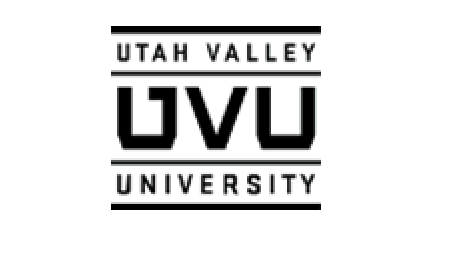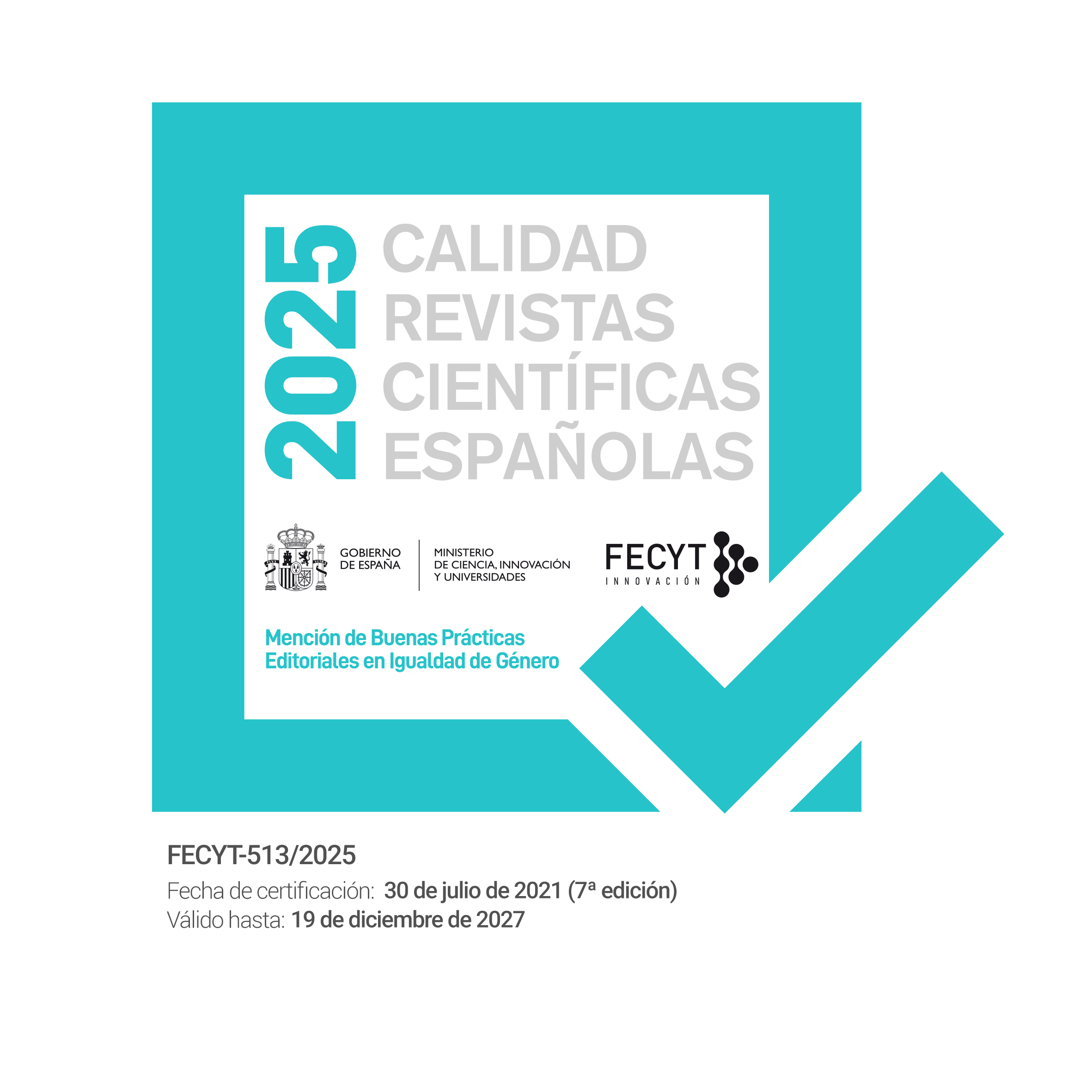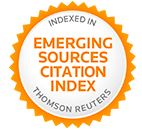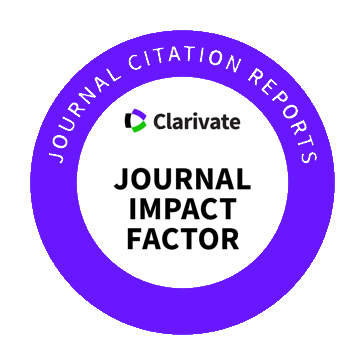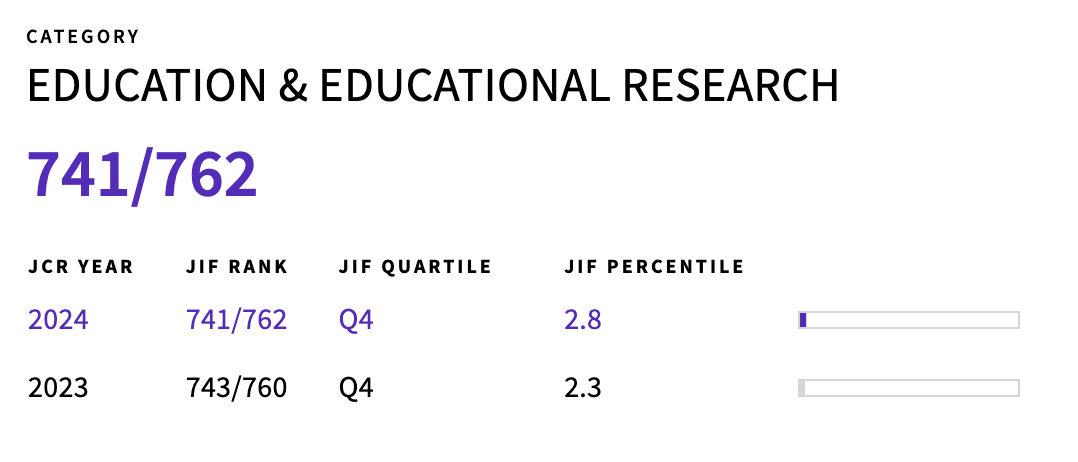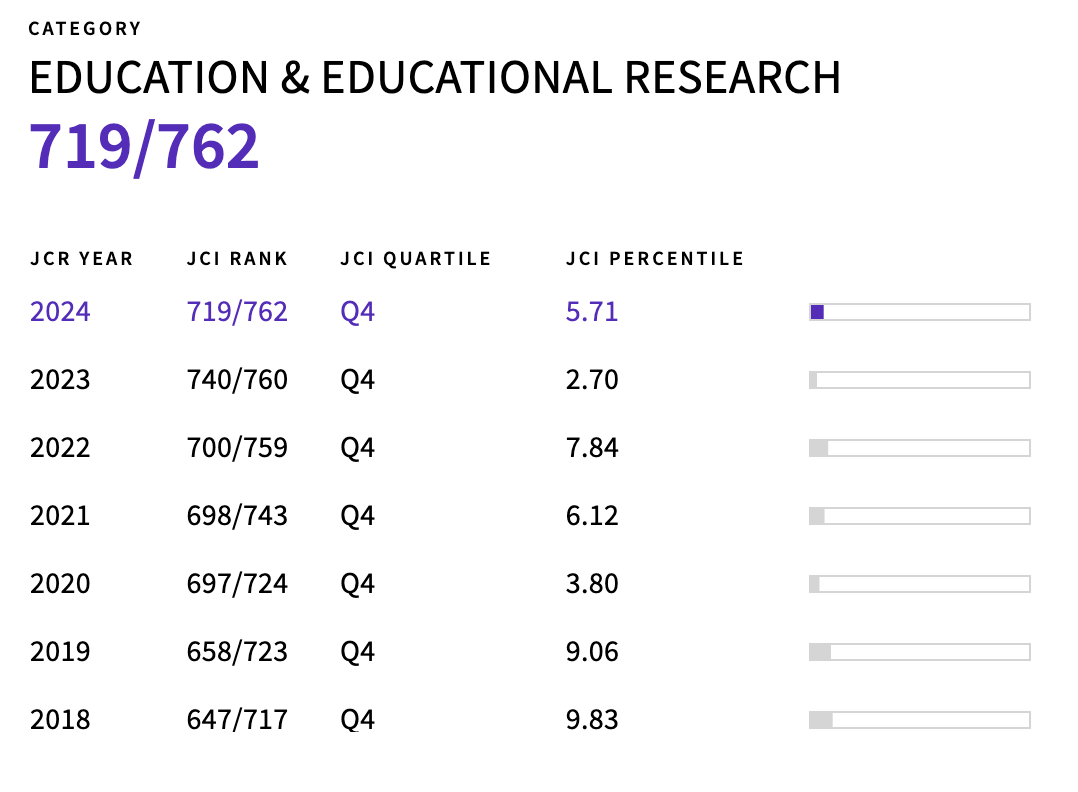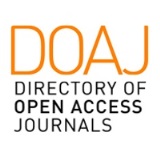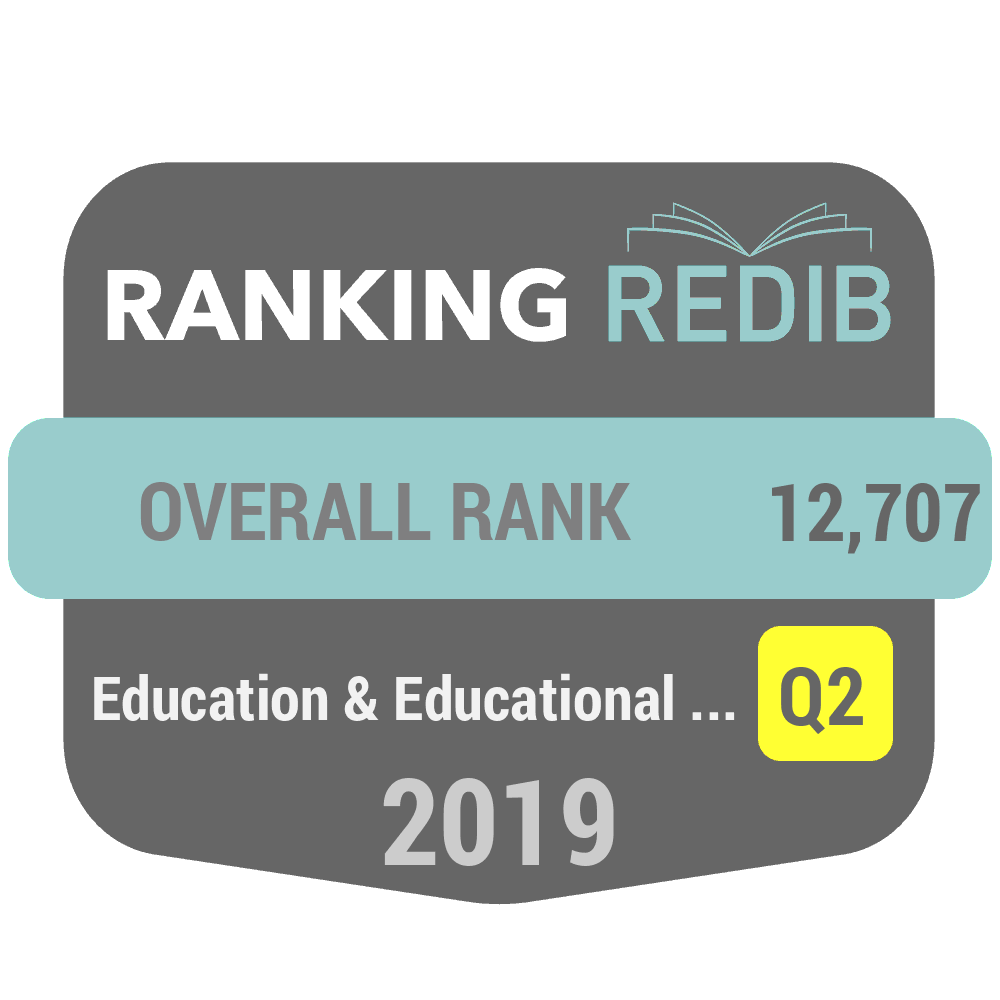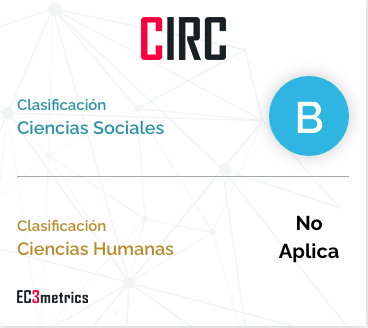Perception of brand image and new learning spaces. A case study of the new ESIC Madrid Training Center
DOI:
https://doi.org/10.55777/rea.v16i32.5816Keywords:
Learning Spaces, HIgher Education, Imagin, ESIC, Profesional TrainingAbstract
In a changing and uncertain context, learning spaces become a reference point for students. Places where knowledge can be acquired, as well as serving as a vehicle for the development of the skills demanded by the productive sector, and which are postulated as key banners of the brand image of the Higher Education Institutions that implement them. ESIC Business & Marketing School. The aim of this work is to demonstrate that they can become a key factor in the perception of their brand image by a majority of their target public, the students of Higher Vocational Training. To this end, a qualitative study has been carried out of the published literature on issues such as university brand image, innovative learning spaces and their role in the perception of the image of the institutions that implement them, among others. A quantitative analysis was carried out on a sample of 162 second year students from the different Higher Level Training Cycles at ESIC Madrid. The results obtained after this mixed analysis allow us to reject the Null Hypothesis, accept the Alternative Hypothesis and, therefore, consider the objective to have been achieved.
Downloads
References
Acosta, K.G., Camacho, M. y Zapata, J.A. (2018). Marketing de universidades, ¿oferta educativa o imagen? Hitos de Ciencias Económico Administrativas, 24(68), 56-67. DOI: https://doi.org/10.19136/hitos.a24n68.2490
Anderson, J. C., & Gerbing, D. W. (1988). Structural equation modeling in practice: A review and recommended two-step approach. Psychological bulletin, 103(3), 411. https://bit.ly/42AX9lP
Baños-González, M. y Rodríguez-García, T. C. (2016). Imagen de marca y product placement. Madrid: ESIC Editorial.
Brown, M., McCormack, M., Reeves, J., Brooks, D. C., y Grajek, S. (2020). EDUCAUSE Horizon Report, Teaching and Learning Edition. EDUCAUSE. https://library.educause.edu/-/media/files/library/2020/3/2020_horizon_report_pdf.pdf
Calero, A. y Calero, L. (2015). La investigación sobre el estudiante universitario colombiano. Revista EAN, (7), 53-60. https://bit.ly/3PEBfHd
Camacho Gómez, M. (2015). Business marketing services. A Mexican approach. México: Universidad Juárez Autónoma de Tabasco.
Campos Ortuño, R., Hernández-Serrano, M.-J., Renes-Arellano, P., & Lena-Acebo, F. J. (2023). Recursos Educativos Abiertos adaptados a estilos de aprendizaje para la enseñanza de competencias digitales en Educación Superior. Revista De Estilos De Aprendizaje, 16(31), 4–18. https://doi.org/10.55777/rea.v16i31.4602
Carrascal, S. (2019, mayo). Los nuevos espacios de aprendizaje llegan para promover el talento de los estudiantes. The Conversation. https://bit.ly/3i692cA
Casanoves, J. y Küster, I. (2017). Evolución del marketing en la educación superior: el capital de marca educativo. Esic Market Economics and Business Journal, 48(1), 95-120. DOI: 10.7200/esicm.156.0481.2e
Casanoves, J.; Küster, I. y Vila, N. (2019). ¿Por qué las instituciones de educación superior deben apostar por la marca? Revista de Investigación Educativa, 37(1), 111-127. DOI: http://dx.doi.org/10.6018/rie.37.1.291191
CEDEFOP (2019a). Investing in Career Guidance. Luxembourg: Publications Office of the European Union.
CEDEFOP (2019b). Coordinating guidance and validation. Luxembourg: Publications Office of the European Union.
Comisión Europea (s.f.). Política de la UE en materia de educación y formación profesional (EFP) [Sitio Web]. https://bit.ly/3b7ZIpC
Comisión Europea (2015). Aplicación del marco estratégico para la cooperación europea en el ámbito de la educación y la formación. https://bit.ly/3ozfb4Y
Del Pino Espinosa, A. D. y Lloret Romero, M. N. (2019). Cambios en la comunicación académica mediante análisis predictivo y nuevas tendencias del e-branding universitario. Revista Universidad y Sociedad, 11(2), 48-54. https://bit.ly/3RWKnbZ
Denegri, M., Etchebarne, M. S., Geldres, V., Cabezas, D., y Herrera, V. (2014). Personalidad de marca de las carreras deficiencias empresariales: un análisis comparativo entre universidad pública y privada. Estudios de personalidad de marca en educación superior y sectores no tradicionales. Ediciones Universidad de La Frontera.
Doña, L. (2014). Marketing y universidad: análisis desde la perspectiva del egresado [Tesis de doctorado]. Universidad de Granada, Granada. https://bit.ly/3RV0C9i
Echeverría, B. y Martínez, P. (2021). Hacia un ecosistema de investigación sobre formación profesional en España. Revista de Investigación Educativa, 39(1), 249-264. DOI: http://dx.doi.org/10.6018/rie.424901
ESIC. (s.f.). ESIC Institución. Madrid [página web]. Recuperado de: https://bit.ly/3zDeCxs
García-Ochoa, C. (marzo 2022). El diseño de espacios de aprendizaje como elemento clave en la imagen de marca de Instituciones de Educación Superior en la Comunidad de Madrid. Nuevas metodologías, espacios y estilos de enseñanza-aprendizaje: prácticas docentes e innovación educativa. Carrascal, S., Melaré, D. y Gallego, D.J. (2022). Revista De Estilos De Aprendizaje. Universitas.
García-Rodríguez, Y. y Carrascal-Domínguez, S. (2017). La influencia del espacio, la ciudad y la Cultura Maker en educación. ArDIn. Arte, Diseño e Ingeniería, (6) 1-13. DOI: https://doi.org/10.20868/ardin.2017.6.3588
González-Montesino, R.H. y Espada, R.M. (2020). Espacios universitarios de aprendizaje inclusivos, bilingües y multimodales: el caso del alumnado sordo signante. Revista De Estilos De Aprendizaje, 13(25), 70-83. https://bit.ly/38Xmhcc
González-Zamar, M.D. y Abad, E. (2020). Diseño del espacio educativo universitario y su impacto en el proceso académico: análisis de tendencias. Revista De Estilos De Aprendizaje, 13(26), 1-13. https://bit.ly/38KA99C
Guba, E.G., y Lincoln, Y.S. (2005). Paradigmatic controversies, contradictions, and emerging confluence. In N. K. Denzin & Y. S. Lincoln (Eds.), The Sage handbook of qualitative research (3rd ed., pp. 191-215). Sage.
Javani, V. (2017). University Branding: A Conceptualizing Model. International Journal of Academic Research in Business and Social Sciences, 6(4), 227-232. DOI: 10.6007/IJARBSS/v6-i4/2100
Kotler, P., Armstrong, G., Pineda, L. y Amador, L. (2017). Fundamentos de marketing. Pearson México.
Mampaso, J., y Carrascal, S. (2020). El espacio como elemento facilitador del aprendizaje y de atención a la diversidad. Revista De Estilos De Aprendizaje, 13(25), 1-3. https://bit.ly/2OTN2Hg
Marcos Salas, B., Alarcón Martínez, V., Serrano Amarilla, N., Cuetos, M. J. y Manzanal Martínez, A. (2020). Aplicación de los estilos de aprendizaje según el modelo de Felder y Silverman para el desarrollo de competencias clave en la práctica docente. Tendencias Pedagógicas, 37, 104–120. https://doi.org/10.15366/tp2021.37.009
Mokhtar, F.; Jiménez M.A.; Heppell, S. y Segovia, N. (2016). Creando espacios de aprendizaje con los alumnos para el tercer milenio. Bordón, 68(1), 61-82. DOI: 10.13042/Bordon.2016.68104
OCDE (2019) OECD Skills Outlook 2019: Thriving in a Digital World. OECD Publishing. https://doi.org/10.1787/df80bc12-en
ONU (2015). Objetivos de Desarrollo Sostenible. https://bit.ly/3Q0QYQN
Peña-Acuña, B. (2022). Indagación evaluativa de una intervención con metodologías activas para estudiantes universitarios. Revista De Estilos De Aprendizaje, 15(29), 5–18. https://doi.org/10.55777/rea.v15i29.4054
Sedgwick, P. (2012). Pearson’s correlation coefficient. British Medical Journal-BMJ, 345. DOI: https://doi.org/10.1136/bmj.e4483
Steelcase Studio360. (2023). Nuestra compañía. https://cutt.ly/5wUnFhGA
Suárez-Rodríguez, J., Díaz-García, I., Orellana, N. y Almerich, G. (2020). Estructura de las competencias del siglo XXI en alumnado del ámbito educativo. Factores personales influyentes. Educación XX1, 23(1), 45-74. DOI: https://doi.org/10.5944/educXX1.23853
Wansink, B. (2003). Using laddering to understand and leverage a brand’s equity. Qualitative Market Research: An International Journal, 6(2), 111-118. DOI: https://doi.org/10.1108/13522750310470118
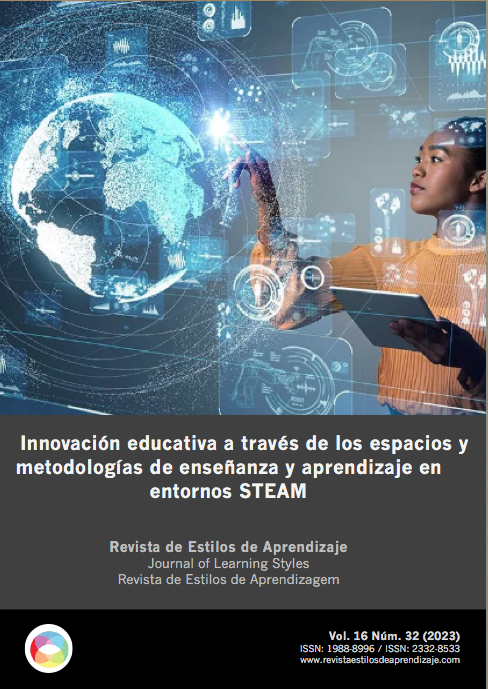
Downloads
Published
How to Cite
Issue
Section
License
By submitting the original, the author(s) declare that they are aware of and accept, in full, the privacy policy as well as the copyright of the Learning Styles Magazine.
The Learning Styles Magazine offers free and open access to its content, completely free of charge, in order to bring scientific research to its readers and society in general. All digital contents are free and open access and are published under a Creative Commons license:

Rights are granted under the Creative Commons Reconocimiento-NoComercial-SinObraDerivada 4.0 Internacional (CC-BY-NC-ND 4.0)
The Learning Styles Magazine is an open access journal. Publication of articles or reviews in the Journal does not entitle you to any remuneration. For authors as well as readers, the journal is free Creative Commons Reconocimiento-NoComercial-SinObraDerivada 4.0 Internacional (CC-BY-NC-ND 4.0).
With this licence, the reproduction and dissemination of the contents of the magazine for educational, social and knowledge transmission purposes is permitted, without any profit motive in mind, provided that the source and authorship are not modified. The licence granted to Learning Styles Magazine allows the copying and distribution of the magazine's contents, as long as the authorship of the work is recognised, correctly specifying the author and the publishing entity. The work may not be used for commercial purposes, nor may it be altered, transformed or generated from this work.
The publication of articles or reviews in the Journal does not give the right to any remuneration.
The Learning Styles Journal invites the author/authors to increase the visibility and scope of their articles published by re-disseminating them in:
- Web spaces and personal networks, as well as in scientific meetings and forums
- Open institutional archives in Universities, educational repositories and Research Centres.
- Academic and scientific networks (Researchgate, Academia.edu, Plubons, etc.)
All these spaces and publications must include all the bibliographic data of the publication.


